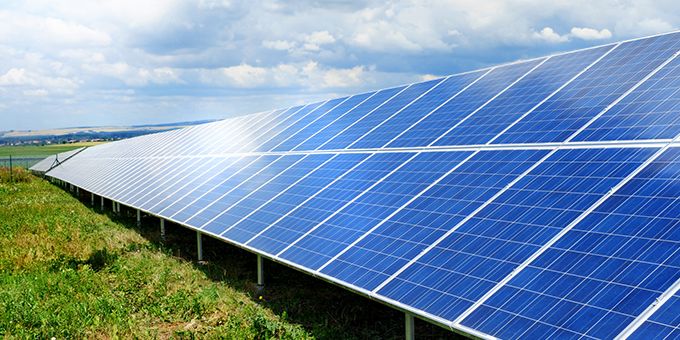To mitigate the increasing cost of running a utility-scale solar project, many owners and operators have switched their focus from CapEx to operations and maintenance (O&M).
 How Keeping It Simple Can Lower O&M Costs
How Keeping It Simple Can Lower O&M Costs

Travis Rose | Array Technologies
Not too long ago, capital expenditure (CapEx) was a primary factor when solar project owners and investors looked for ways to cut costs. It was already a complicated task to lower expenses without cutting corners in safety, local wage requirements, and quality of work. Then COVID happened, and what was once a complicated task became a nearly impossible challenge.
The pandemic created logistical quagmires for many commercial industries — and solar is no exception. To mitigate the increasing cost of running a utility-scale solar project, many owners and operators have switched their focus from CapEx to operations and maintenance (O&M). This turning of attention to quality system components that perform better and last longer increases efficiency and reduces expenses in the long run.
Low Cost Needs to Meet High Sustainability
The use of solar trackers at new utility-scale solar sites has grown to over 70% in the United States. But while the increasing quantity of solar trackers in the field is driving the need to look deeper into O&M, other market forces are pushing the case to open up the books even further. Of course, owners or investors are always looking for ways to increase their ROI, but the call to do so in sustainable ways has grown louder in recent years. For the industry to answer that call, Wood MacKenzie, formerly Greentech Media Research (GTM), estimates that utility solar plant costs need to be cut in half by 2030. But with the rising cost of materials and labor, not to mention shipping, how will site operators make that happen?
O&M to The Rescue
Pre-COVID, market costs were trending down. Commodities were stable, and electronics and logistics costs were steady for around 5–7 years. Now, almost two years into the pandemic, costs continue to soar — with no end in sight. It would be easy to blame COVID for all of the unpredictable challenges site operators have seen in their efforts to cut costs. But it wouldn’t be too far off. Many of the processes and protocols that used to run seamlessly have come to a halt. We are all familiar with the logistical nightmares of shipping container shortages, port congestions and global supply chain bottlenecks.
Companies are looking more at O&M as a viable cash-saving strategy to outsmart these challenges. Why? Because cutting CapEx can use less proven, lower-cost components, often presenting reduced reliability and even more cost-uncertainty. Besides, in a world where there are so many things we can’t control, it makes sense to reduce costs in an area where we can.
Engineered for Simplicity And Savings
Under normal circumstances, it’s important to utilize trackers that require fewer electrical and electromechanical components for operation to minimize risk and failure points. Under the current circumstances, reliability becomes even more critical. Labor costs are rising worldwide, so maintenance is more expensive. Global logistics is a significant issue, and getting new parts or modules is extremely difficult. Plus, relying on the accuracy or timeliness of an international supply chain is not ideal for any company right now.
Array believes in “Engineered simplicity,” and that maxim is proving to be more relevant than ever. We’ve engineered our products to be tough but simple — fewer moving parts means fewer maintenance problems. If your trackers are more reliable, you’re less reliant on external parts or services. We’ve also been deliberate about our suppliers, building out the industry’s most robust domestic supply chain so the unpredictability of a global infrastructure doesn’t hamstring our customers.
Proven long-term asset performance and trusted reliability are important factors to consider, all of which contribute to achieving the lowest cost of ownership of a solar tracker system in the industry. To learn more about how Array can help you lower O&M costs, click here.
The content & opinions in this article are the author’s and do not necessarily represent the views of AltEnergyMag
Comments (0)
This post does not have any comments. Be the first to leave a comment below.
Featured Product

